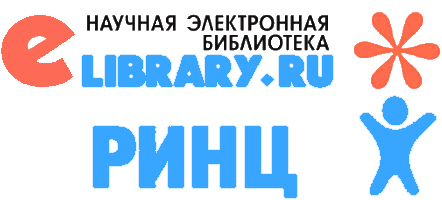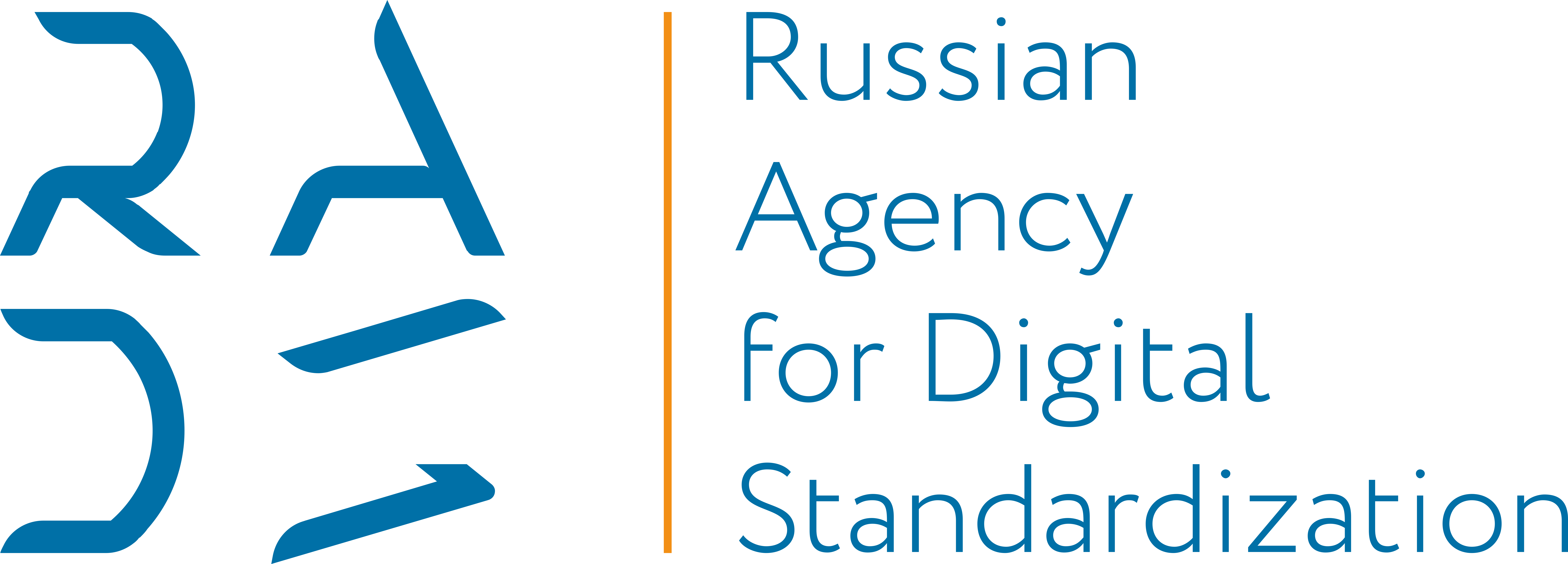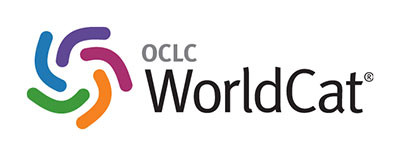Аналитические, кинетические и расчетные методы в гидрохимической практике /
Под ред. П.А. Лозовика, Н.А. Ефременко. СПб.: Нестор-История, 2017. 272 с.
Батуев В.И., Калюжный И.Л. Анализ факторов, определяющих многолетнее изменение стока с олиготрофных болот // Водное хозяйство России: проблемы, технологии, управление. 2020. № 6. С. 28‒46. DOI: 10.35567/1999-4508-2020-6-2.
Вомперский С.Э., Сирин А.А., Глухов А.И. Формирование и режим стока при гидромелиорации. М.: Наука, 1988. 168 с.
Воронков П.П. Гидрохимия местного стока европейской территории СССР (Основы гидрохимического принципа картирования). Л.: Гидрометиздат, 1970. 188 с.
Губарева Т.С., Болдескул А.Г., Гарцман Б.И., Шамов В.В. Анализ природных трассеров и генетических составляющих стока в моделях смешения (на примере малых бассейнов в Приморье) // Водные ресурсы. 2016. Т. 43. № 4. С. 387‒399. DOI: 10.7868/S0321059616040064.
Губарева Т.С., Гарцман Б.И., Шамов В.В., Болдескул А.Г., Кожевникова Н.К. Разделение гидрографа стока на генетические составляющие // Метеорология и гидрология. 2015. № 3. С. 97–108.
Калюжный И.Л., Лавров С.А., Романюк К.Д. Изменения водного режима болот севера и северо-запада России под влиянием климатических факторов // Водные ресурсы. 2012. Т. 39. № 1. С. 13‒25.
Лавров С.А., Калюжный И.Л. Физические процессы и закономерности формирования зимнего и весеннего стока рек бассейна Волги в условиях изменения климата // Водное хозяйство России: проблемы, технологии, управление. 2012. № 4. С. 74‒84.
Лебедева Н.А. Естественные ресурсы подземных вод Московского артезианского бассейна. М.: Наука, 1972. 148 с.
Остапеня А.П. Полнота окисления органического вещества водных беспозвоночных методом бихроматного окисления // Доклады АН БССР. 1965. Т. 9. № 4. С. 273–276.
Павлова К.К., Субоч В.В. Оценка подземного стока в реки на заболоченных территориях // Труды ГГИ. Исследование подземного стока в реки. 1968. Вып. 122. С. 120‒130.
Попов О.В. Подземное питание рек. Л.: Гидрометеоиздат, 1968. 291 с.
Соколов Б.Л., Саркисян В.О. Подземное питание горных рек (Методы количественной оценки). Л.: Гидрометеоиздат, 1981. 240 с.
Харанжевская Ю.А., Синюткина А.А. Исследование роли болот в формировании стока рек бассейна Средней Оби // География и природные ресурсы. 2017. № 3. С. 97–109. DOI: 10.21782/GIPR0206-1619-2017-3(97-109).
Яковлев П.И. Определение подземной составляющей речного стока по гидрохимическим данным на примере Верхней Волги на участке от истока до г. Старицы // Известия высших учебных заведений. Поволжский регион. Естественные науки. 2014. Т. 5. № 1. С. 92‒109.
Bustillo V., Victoria R.L., Moura J.M.S., Victoria D.C., Toledo A.M.A., Collicchio E. Biogeochemistry of the Amazonian Floodplains: Insights from Six End-Member Mixing Models // Earth interaction. 2010. Т. 14. № 9. С. 1‒83. DOI: 10.1175/2010EI326.1.
Chen H., Chen Y., Li W., Li Zh. Quantifying the contributions of snow/glacier meltwater to river runoff in the Tianshan Mountains, Central Asia // Global and Planetary Change. 2019. Т. 174. С. 47‒57. DOI: 10.1016/j.gloplacha.2019.01.002.
Christophersen N., Hopper R.P. Multivariate analysis of stream water chemical data: the use of principal component analysis for the end-member mixing problem // Water Resources Research. 1992. Т. 28. № 1. С. 99–107. DOI: 10.1029/91WR02518.
Christophersen N., Neal C., Hooper R.P., Voght R.D., Andersen S. Modelling stream water chemistry of soilwater endmembers – a step towards second-generation acidification models // Journal of Hydrology. 1990. Т. 116. № 1. С. 307–320. DOI: 10.1016/0022-1694(90)90130-P.
Hoeg S. On the Balance Equations and Error Estimators for Separating n Time Components of Runoff with One Stable Isotope Tracer // Water Resources Research. 2019. Т. 55. № 10. С. 8252‒8269. DOI: 10.1029/2019WR025555.
Hooper R.P. Diagnostic tools for mixing models of stream water chemistry // Water Resources Research. 2003. Т. 39. № 3. С. 2-1‒2-13. DOI: 10.1029/2002WR001528.
Klaus J., McDonnell J.J. Hydrograph separation using stable isotopes: Review and evaluation // Journal of Hydrology. 2013. Т. 505. С. 47‒64. DOI: 10.1016/j.jhydrol.2013.09.006.
Lv Y., Gao L., Geris J., Verrot L., Peng X. Assessment of water sources and their contributions to streamflow by endmember mixing analysis in a subtropical mixed agricultural catchment // Agricultural Water Management. 2018. Т. 203. С. 411‒422. DOI: 10.1016/j.agwat.2018.03.013.
Pelletier A., Andréassian V. Hydrograph separation: an impartial parametrisation for an imperfect method // Hydrology and Earth System Sciences. 2020. Т. 24. № 3. С. 1171–1187. DOI: 10.5194/hess-24-1171-2020.
Rahman K., Besacier-Monbertrand A.-L., Castella E., Lods-Crozet B., Ilg Ch., Beguin O. Quantification of the daily dynamics of streamflow components in a small alpine watershed in Switzerland using end member mixing analysis // Environmental Earth Sciences. 2015. Т. 74. № 6. С. 4927‒4937. DOI: 10.1007/s12665-015-4505-5.








1.png)




















